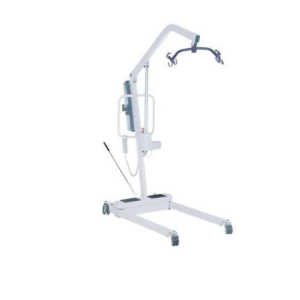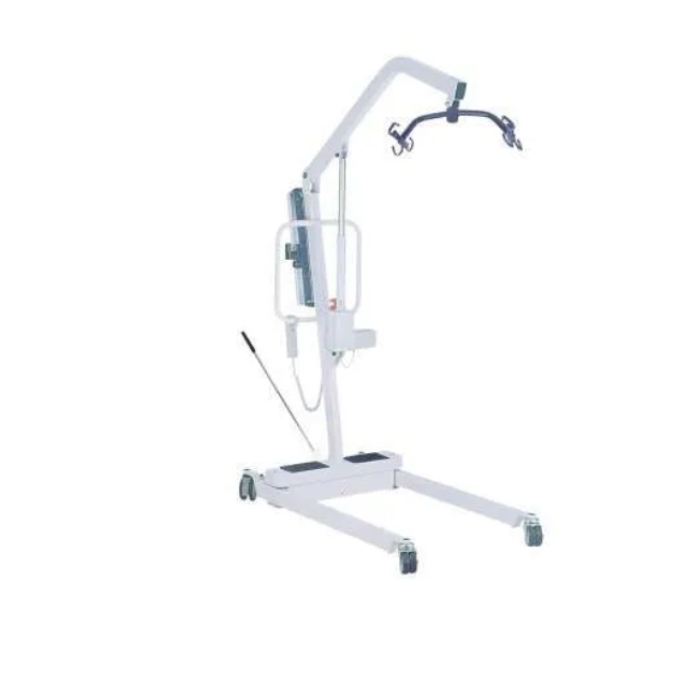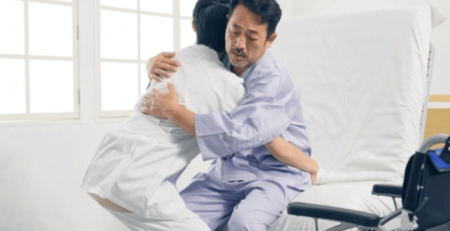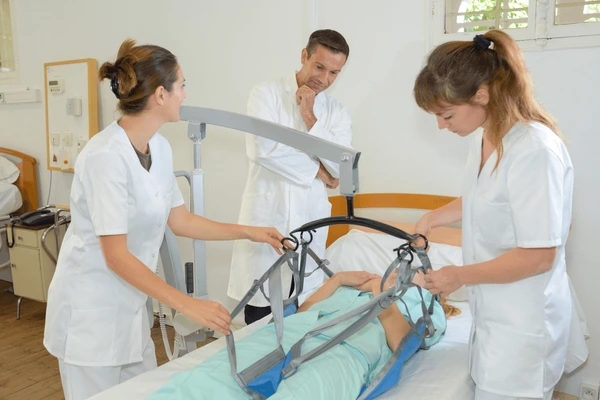18
May
Enhance Mobility with Medical lift for Home Use
Medical lift for home use is designed to easily lift and transfer the reliant(s) from one place to another, for example, from bed to stretcher or bed to bath. These lifts are used in hospitals, nursing homes, or at-home healthcare.
Components of a Medical Lift for Home Use
Medical lift for home use comprises the following parts:
- Mast; a vertical bar that fits into the base
- Boom; a bar that extends over the patient
- The spreader bar, which hangs from the boom
- Sling; attached to the spreader bar, designed to hold the patient
- Many clips or latches secure the sling
Medical lifts for home use are available in several designs; they may be a sling lift or a sit-to-stand lift. You can operate them either manually or with a power source.
Lifts that use a power source, or are electricity-dependent, have a rechargeable battery. On the other hand, manual medical lifts operate on hydraulics.
Overweight or Obese
Specially designed for overweight or obese individuals, Hoyer slings for patient lifts or bariatric Hoyer lift sling provides maximum support and comfort to the users. Sometimes, it is also referred to as a heavy-duty lift sling or patient transfer lift chair.
Best Practices to Avoid Injury via Medical Lifts
Firstly, all the nursing staff and caregivers who need to use a medical lift for their dependents should get appropriate hands-on practice before using a medical lift for home use.
- Keeping in view the patient's body weight, which should be appropriately measured, make sure to match the sling to the specific lift.
- Remember to examine the fabric of the ling and straps. If the fabric is frayed or worn out, refuse to use it immediately.
- All the clips and latches should be fastened while moving the patient.
- The base should be widened enough in an open position to provide maximum stability to the patient.
- Keep a close eye if the dependent or patient is agitated or fidgety during the movement.
- The arms of the reliant should be adequately positioned in the sling straps.
- The wheels of any device that transfers the patient should be appropriately locked before moving the reliant.
- Be concerned about the exceeding weight limitations of the sling.
- Last but not least, carefully read and understand all the guidelines mentioned in the user manual.
Check also, Manual Patient Lift Slings
For safe and comfortable mobility, a lift sling for elderly is available in different materials; the designs are also specified with the weight-bearing capacity. Please remember that lift slings are not interchangeable with stand-up slings, as their designs are very different.
Medical lifts for home use provide many benefits. The risk of injury to the patient and caregiver is reduced to a great extent. However, if these lifts are not used properly, the chances of head traumas, fractures, and even death increase significantly, threatening public or global health.







